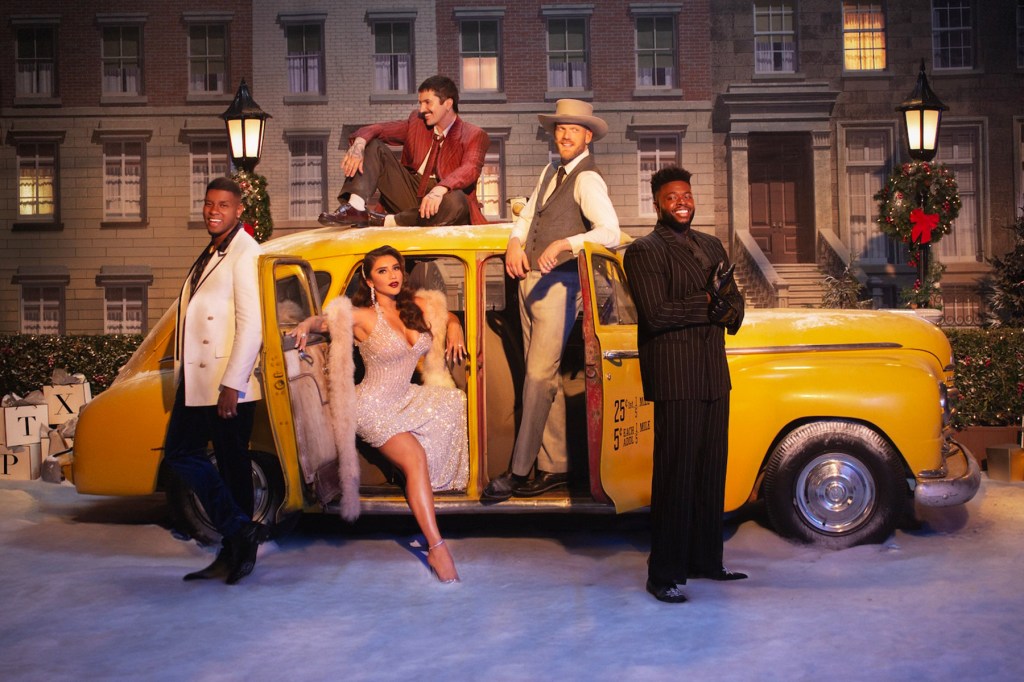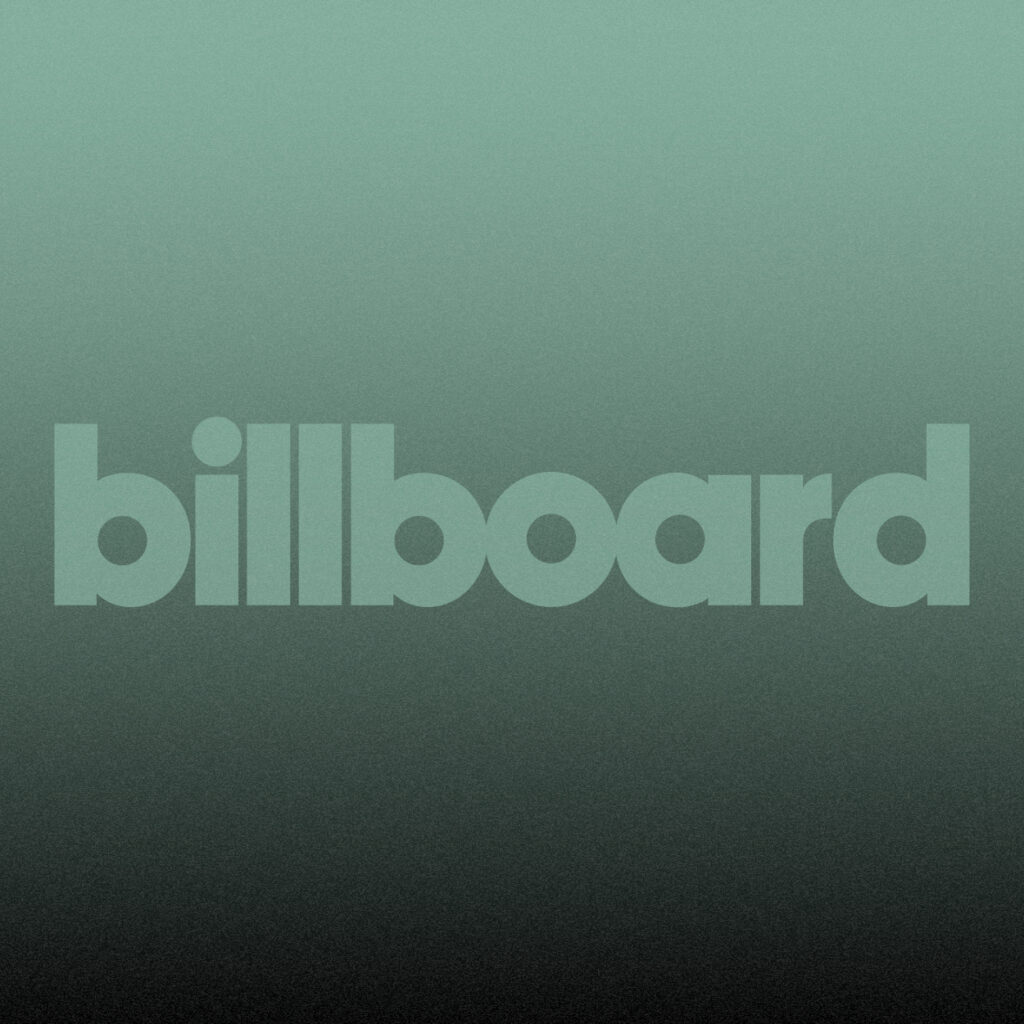Spotify’s Global Head of Editorial on the ‘Art and Science’ of Playlist Curation
Written by djfrosty on September 4, 2024

By the mid-2010s, the power of the playlist — the Spotify playlist to be exact — loomed large in the music business: Everyone knew a spot on Rap Caviar could mint a rap hit overnight; a placement on Fresh Finds could induce a label bidding war; and a lower-than-expected ranking on New Music Friday could ruin a label project manager’s Thursday night.
But in the 2020s, challengers — namely TikTok, with its potent and mysterious algorithm that serves social media users with addictive snippets of songs as they scroll — have threatened Spotify’s reign as music industry kingmaker. Still, Spotify’s editorial playlists remain one of the most important vehicles for music promotion, and its 100-plus member global team, led by its global head of editorial Sulinna Ong, has evolved to meet the changing times.
“Our editorial expertise is both an art and a science,” says Ong, who has led the company through its recent efforts to use technology to offer more personalized playlist options, like its AI DJ, Daylist and daily mixes. “We’re always thinking about how we can introduce you to your next favorite song to your next favorite artist. How do we provide context to get you to engage? Today, the challenge is cutting through the noise to get your attention.”
Trending on Billboard
In conversation with Billboard, Ong talks about training the AI DJ with the editors’ human expertise, using playlists to differentiate Spotify from its competition and looking ahead to Generation Alpha (ages 0-14).
I’ve seen such a shift in the editorial strategy at Spotify in the last couple years. Daylist, personalized editorial playlists (marked by the “made for you” tag), daily mixes, AI DJ and more. Did those inspire your team to push into these personalized editorial playlists?
To start off, it’s useful to zoom out and think about how people listen to music. The way people listen to music is fluid and curation and editorial has to be fluid as well. We have to understand the changes.
Curators have always been at the core of Spotify’s identity, right from the early days of the company. Back in 2012, Spotify’s music team started with three editors, and it quickly grew to more than 100 around the world today. These curators started by curating what became known as our flagship editorial playlists — Today’s Top Hits, Rap Caviar, Viva Latino. Over time that expanded to playlists like Altar, Lorem, Pollen, etc. Those are all still important.
But around 2018, editors made their first attempts to bridge human curation from our flagship editorial playlists with personalization engines. 2018 is the year when the technology arose with personalization and machine learning to open up these possibilities. At that time, we started making more personalized playlists where the tracks fit with an overall mood or moment curated by editors but varied for each listener — like My Life Is A Movie, Beastmode, Classic Roadtrip Songs. Editors will select a number of songs that they feel fit that playlist. Let’s say for example we have 200 songs selected, you might see the 100 of those that are most aligned with your taste.
Discover Weekly and Release Radar are tailored to listener activity and have been around much longer. Did those inspire your team to push into these personalized editorial playlists around 2018?
Yes, exactly. Algorithmic playlists, like Release Radar [and] Discover Weekly, we found that users liked them [and] that inspired us to then work with the product teams and ask, “What is the next step of this?” Spotify has more than 500 million users. We knew that it would keep growing and as a human curator, you can’t manually curate to that entire pool. Technology can fill in that gap and increase our possibilities. A lot of times, I see narratives where people call this a dichotomy — either playlists are human-made or machine-made. We don’t see it that way.
In 2024, personalization and machine learning are even more important technologies for streaming music and watching content. We’ve kept investing in cutting-edge personalization and it’s making a real impact — 81% of our listeners cite personalization as their favorite thing about Spotify. Our static editorial playlists are still very powerful, but we also have made these other listening experiences to round out the picture.
How someone listens is never one thing. Do you only want to watch movies? No, you want to watch a movie sometimes; other times you want to watch a 20-minute TV show. We have to understand the various ways that you might like to [listen].
Daylist, for example, is very ephemeral. It only exists for a certain amount of time. The appeal is in the title — it also really resonates for a younger audience.
Did your team always intend that Daylist, which often gives users crazy titles like “Whimsical Downtown Vibes Tuesday Evening,” could be shareable — even memeable — on social media?
Absolutely. It’s very shareable. It’s a bite-sized chunk of daily joy that you get that you can post about online.
It reminds me of the innately shareable nature of Spotify Wrapped.
There is a lineage there. It is similar because it’s a reminder of what you’re listening to. But it’s repackaged in a humorous way — light and fun and it updates so it keeps people coming back.
How do you think Spotify’s editorial team differentiates itself from competitors like Apple and Amazon?
Early on, we understood that editorial expertise around the world is really valuable, and it was needed to set us apart. So we have editors all around the world. They are really the music experts of the company. They are focused on understanding the music and the cultural scenes where they are.
We have what we call “editorial philosophy.” One of the tenets of that is our Global Curation Groups, or “GCGs” for short. Once a week, editors from around the world meet and identify tracks that are doing well and should flow from one market to another. We talk about music trends, artists we are excited about. We talk about new music mainly but also music that is resurfacing from social media trends.
This is how we got ahead on spreading genres like K-pop seven years ago. We were playlisting it and advocating for it spreading around the world. Musica Mexicana and Amapiano — we were early [with those] too. We predicted that streaming would reduce the barriers of entry in terms of language, so we see genres and artists coming from non-Western, non-English speaking countries really making an impact on the global music scene.
How was the AI DJ trained to give the commentary and context it gives?
We’ve essentially spun up a writers’ room. We have our editors work with our product team and script writers to add in some context about the artists and tracks that the DJ can share with listeners. The info they feed in can be musical facts, culturally-relevant insights. We want listeners to feel connected to the artists they hear on a human level. At the end of the day, this approach to programming also really helps us broaden out the pool of exposure, particularly for undiscovered artists and tracks. We’ve seen that people who hear the commentary from DJ are more likely to listen to a song they would have otherwise skipped.
When Spotify editorial playlists started, the cool, young, influential audience was millennials. Now it’s Gen Z. What challenges did that generational shift pose?
We think about this every day in our work. Now, we’re even thinking about the next generation after Gen Z, Gen Alpha [children age 14 and younger]. I think the key difference is our move away from genre lines. Where we once had a strictly rock playlist, we are now building playlists like POV or My Life Is A Movie. It’s a lifestyle or an experience playlist. We also see that younger listeners like to experiment with lots of different listening experiences. We try to be very playful about our curation and offer those more ephemeral daily playlists.
What are you seeing with Gen Alpha so far? I’m sure many of them are still on their parents’ accounts, but do you have any insight into how they might see music differently than other generations as they mature?
Gaming. Gaming is really an important space for them. Music is part of the fabric of how we play games now — actually, that’s how these kids often discover and experience music, especially on Discord and big MMOs — massive multiplayer games. We think about this culture a lot because it is mainstream culture for someone of that age.
Gaming is so interesting because it is such a dynamic, controllable medium. Recorded music, however, is totally static. There have been a few startups, though, that are experimenting with music that can morph as you play the game.
Yeah, we’re working on making things playful. There’s a gamification in using Daylist, right? It’s a habit. You come back because you want to see what’s new. We see the AI DJ as another way to make music listening more interactive, less static.
Spotify has been known as a destination for music discovery for a long time. Now, listeners are increasingly turning to TikTok and social media for this. How do you make sure music discovery still continues within Spotify for its users?
That comes down to, again, the editorial expertise and the GCGs I mentioned before. We have 100-plus people whose job it is to be the most tapped-in people in terms of what’s happening around the world in their genre. That’s our biggest strength in terms of discovery because we have a large team of people focused on it. Technology just adds on to that human expertise.
Back when Spotify playlists first got popular, a lot of people compared the editors to the new generation of radio DJs. How do you feel about that comparison?
It’s not a one-to-one comparison. I can understand the logic of how some people might get there. But, if I’m very frank, the editorial job that we do is not about us. Radio DJs, it’s all about them, their personality. It’s not about them as a DJ or a front face of a show. Not to be disparaging to radio DJs — their role is important — it’s just not the same thing. I don’t think we are gatekeepers. I say that because it is never about me or us as editors. It’s about the music, the artist and the audience’s experience. It’s very simple: I want to introduce you to your next favorite song. Yes, we have influence. I recognize that in the industry. It’s one I take very seriously. That’s a privilege and a responsibility, but it is not about us at the end of the day.
This story was published as part of Billboard’s new music technology newsletter ‘Machine Learnings.’ Sign up for ‘Machine Learnings,’ and Billboard’s other newsletters, here.

 State Champ Radio
State Champ Radio 





